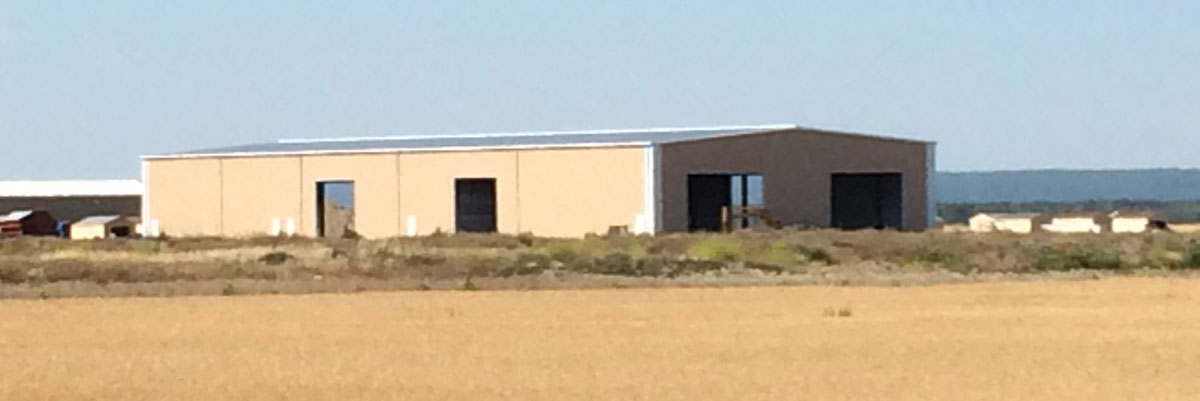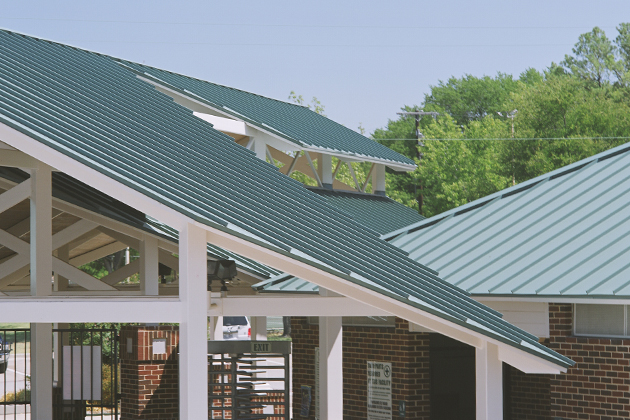Benefits of prefabricated, steel-frame construction
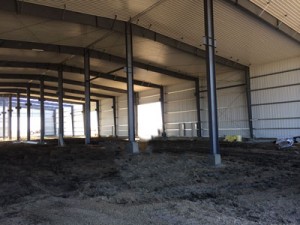 If you’ve been researching the possibility of building a structure, such as an aircraft hangar, agricultural building, rodeo arena or other similar type of building, you may already know that several methods and materials are available. However, no method is as good as prefabricated, steel-frame construction, for a number of reasons. In this article, I summarise the various advantages of prefabricated steel-frame construction.
If you’ve been researching the possibility of building a structure, such as an aircraft hangar, agricultural building, rodeo arena or other similar type of building, you may already know that several methods and materials are available. However, no method is as good as prefabricated, steel-frame construction, for a number of reasons. In this article, I summarise the various advantages of prefabricated steel-frame construction.
Anyone who wants to erect any kind of building is naturally concerned with cost, and this is one area where prefabricated, steel-frame construction really excels, i.e., by reducing the initial cost of building. Partly, this is simply because costs of traditional materials, such as lumber and concrete have increased, while the cost of steel has actually decreased (when you account for inflation). However, the cost advantage also stems from the fact that building the components offsite (prefabrication) is more cost-effective than doing it onsite. The pieces are cut very accurately in the factory so that they fit together quickly and easily onsite (and without any special fasteners). Therefore, this method reduces the amount of manpower needed to complete the build, not to mention the amount of waste compared to an onsite build.
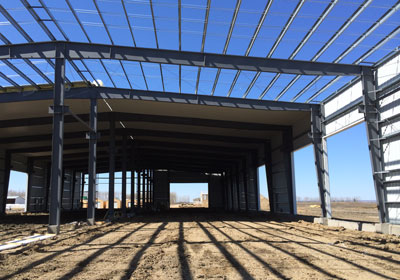 Another benefit of prefabricated, steel-frame construction is that this method is more environmentally friendly, particularly when you compare it with building with lumber. For one thing, production of concrete and, especially, lumber, is associated with fairly intensive extractive activities that have more harmful effects on forests and other habitats compared to the production of steel. For another, by reducing the amount of waste (due to accurate prefabrication, as mentioned above), the impact on the environment is further lessened. If, at some point, the building is no longer useful, it’s good to know that steel is one of the most easily and commonly recycled materials in the world.
Another benefit of prefabricated, steel-frame construction is that this method is more environmentally friendly, particularly when you compare it with building with lumber. For one thing, production of concrete and, especially, lumber, is associated with fairly intensive extractive activities that have more harmful effects on forests and other habitats compared to the production of steel. For another, by reducing the amount of waste (due to accurate prefabrication, as mentioned above), the impact on the environment is further lessened. If, at some point, the building is no longer useful, it’s good to know that steel is one of the most easily and commonly recycled materials in the world.
Steel-frame construction (whether prefabricated or not) is also much more durable compared to wood-frame. Steel is inherently stronger than wood, so it never splits, cracks, buckles or splinters the way wood can do. It is also far more resistant to some of the problems, such as termites, rodents, water infiltration, rot and mould, that can affect wood. Because wood is vulnerable to these issues, it must be treated with chemicals, most of which are quite toxic and harmful to the environment. Steel requires no such treatment: another environmental benefit. Similarly, steel resists weather-related damage, such as that caused by corrosion and distortion (due to the combination of infiltration of moisture and changing temperature). Steel is also known for its superior ability to withstand fire (compared to wood) and earthquakes (compared to wood and concrete). You end up with a safe, solid structure that will stand the test of time, which, of course, further reduces costs.
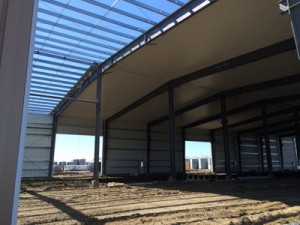 Finally, steel-frame construction offers design benefits. Because of its strength (as mentioned above), you can do things with steel that you can’t with wood and possibly even concrete. For example, you can create much longer ceiling joists to span and support greater distances. This, combined with the relative lightweight of steel (particularly compared to concrete), means that designers and architects can achieve an openness of structure and other interesting objectives that just aren’t possible using wood or concrete.
Finally, steel-frame construction offers design benefits. Because of its strength (as mentioned above), you can do things with steel that you can’t with wood and possibly even concrete. For example, you can create much longer ceiling joists to span and support greater distances. This, combined with the relative lightweight of steel (particularly compared to concrete), means that designers and architects can achieve an openness of structure and other interesting objectives that just aren’t possible using wood or concrete.

